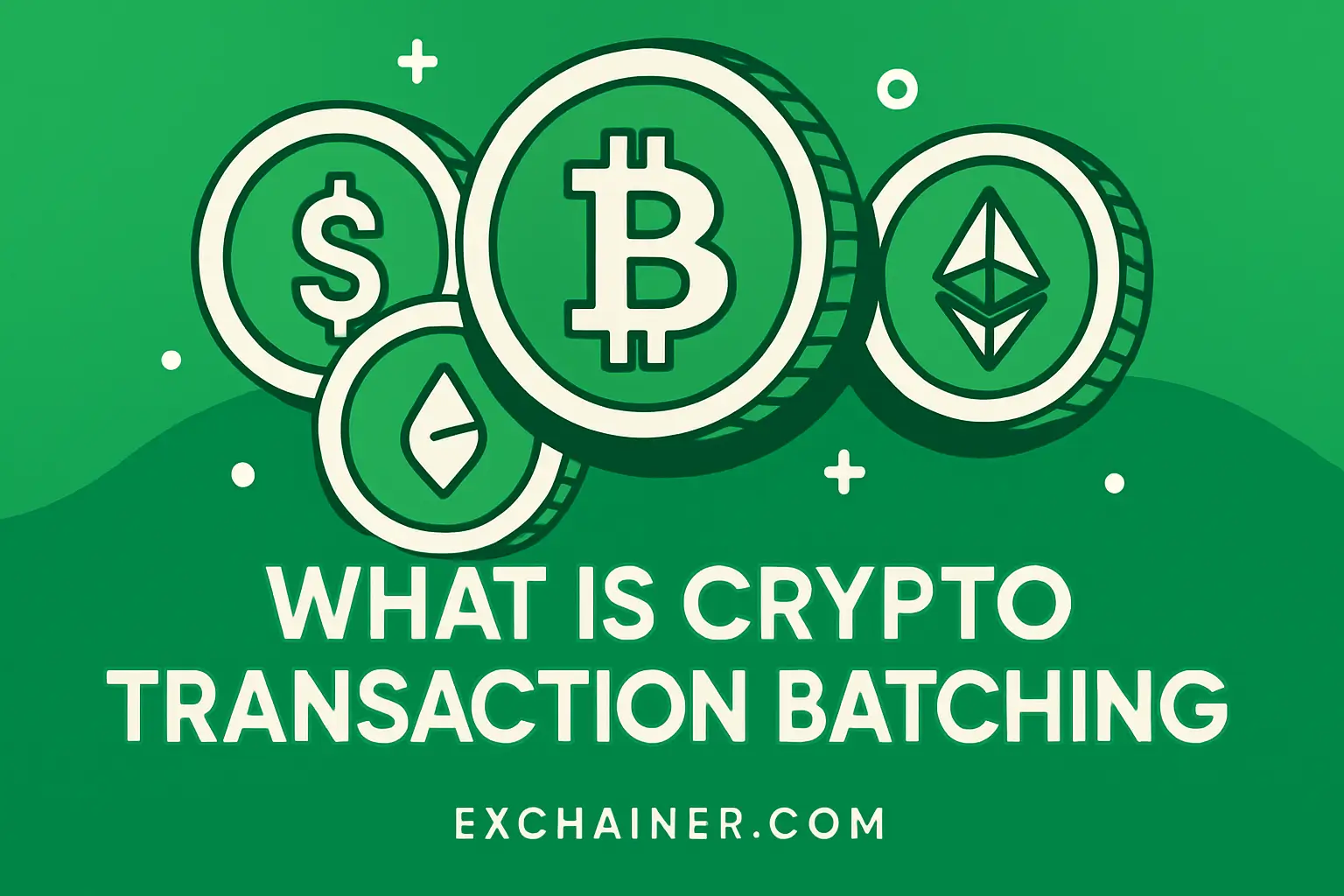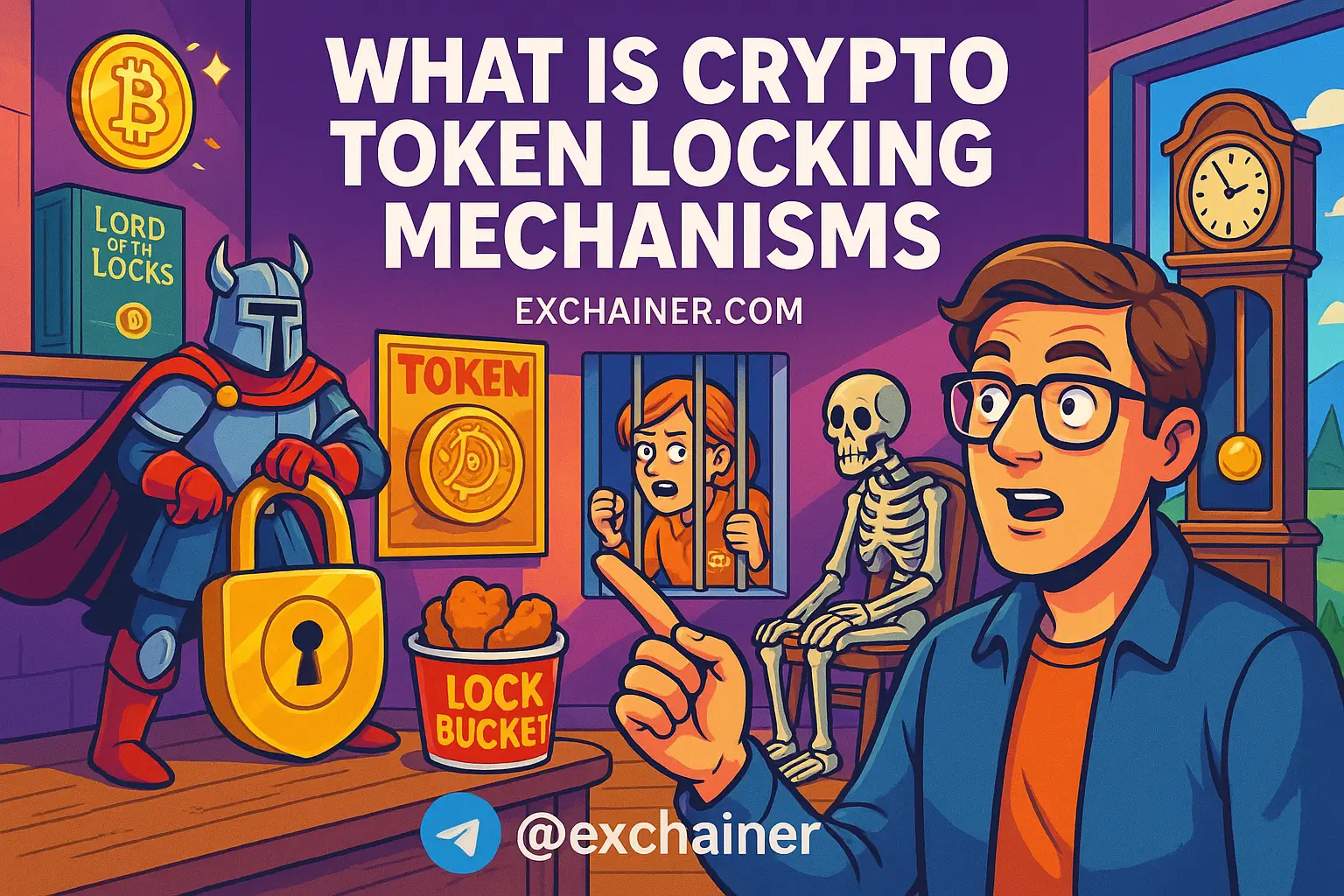Introduction
Friends, if you’ve ever tried sending multiple crypto payments at once, you might have noticed something frustrating — high fees piling up and transactions clogging the network. This is where crypto transaction batching steps in as a powerful solution. Simply put, crypto transaction batching is the process of combining several payments into a single blockchain transaction. This technique dramatically reduces transaction fees and eases network congestion, making it a game-changer for exchanges, merchants, and anyone managing many small transfers.
In 2024, with blockchains like Bitcoin and Ethereum still grappling with scalability issues, understanding transaction batching is more important than ever. The rising gas fees and long wait times highlight why batching transactions can lead to significant cost and time savings. Not only does it help users save on fees, but it also improves overall network efficiency and even has interesting implications for privacy and security.
This comprehensive guide will walk you through how crypto transaction batching works, the benefits it offers in transaction fee savings and network throughput, and the privacy and security angles you should consider. Finally, we’ll explore popular wallets and services that support batching and offer practical tips on how to get started yourself.
Whether you are a developer looking to optimize payout systems, an exchange aiming to reduce operational costs, or just an advanced crypto user curious about more efficient ways to send payments, this article has got you covered. Along the way, we'll unpack key terms and explain processes with simple examples—no complicated jargon here.
Ready to dive into how batching can transform your crypto transactions? Let’s get started and explore the inner workings and benefits of this crucial strategy.
How Batching Works
Basic Mechanics
At the core, crypto transaction batching is about combining many payments into a single transaction on the blockchain. Imagine you have three separate payouts you want to send — instead of sending three distinct transactions, each with its own fees and blockchain footprint, you combine all three payments into one larger transaction.
In Bitcoin, this involves pooling multiple inputs (the source of funds) and sending to different output addresses—all bundled together. For example, instead of sending 0.5 BTC to Alice, 0.3 BTC to Bob, and 0.1 BTC to Charlie with three transactions, you create one transaction with three outputs. This transaction consumes all the inputs needed and creates the respective outputs in a single go. Think of it as mailing one envelope with multiple letters inside instead of sending three separate envelopes.
Ethereum uses an account model rather than UTXOs but batching also happens here by combining multiple transfers or contract calls into a single transaction, sometimes using smart contracts or rollups.
Mempool & Block Inclusion
Once the batched transaction is broadcast to the network, it lands in the mempool — a waiting area for transactions before miners or validators pick them into a block. Miners see the batch just like any other transaction but notice that it includes multiple outputs. From their perspective, they get paid a single fee for processing that one transaction, even though it covers multiple payments.
Different blockchains handle this differently. Bitcoin’s UTXO model is naturally suited for batching because it deals directly with multiple inputs and outputs. In contrast, Ethereum’s account-based model relies on gas fees related to computation and storage. Some Ethereum scaling solutions use rollups or bundles to batch many transactions off-chain and then submit a single compressed proof on-chain, improving scalability without overwhelming the main chain.
On-Chain vs Off-Chain Batching Variations
It’s important to note that not all batching occurs on-chain. For instance, off-chain solutions like payment channels (e.g., Lightning Network for Bitcoin) aggregate payments between two parties without immediately settling them on the blockchain. These can later be closed as a single on-chain transaction, which effectively batches the final balances.
Similarly, Layer 2 rollups bundle hundreds or thousands of transactions off-chain and submit a compressed summary to the main chain, drastically reducing fees and congestion. These approaches differ from traditional on-chain batching but share the same goal: to improve efficiency by grouping transactions.
In summary, crypto transaction batching can happen directly on the blockchain or through off-chain mechanisms designed to scale networks while maintaining security.
Fee Savings and Efficiency
Fee Math and Cost Drivers
Why does batching reduce transaction fees? It boils down to how blockchain fees are calculated. On Bitcoin, fees depend mainly on transaction size (measured in bytes). Each input and output adds to this size, so sending multiple individual transactions means paying the fee multiple times. By batching payments, you pay once for a transaction that includes multiple outputs, reducing the fee per payment.
For example, consider three separate Bitcoin transactions, each about 250 bytes. Combined, that’s roughly 750 bytes. A single batched transaction with three outputs might only be around 400–500 bytes because some data — like inputs — can be shared across outputs. The result? Fees might be 30-50% less than sending payments individually.
Ethereum fees work a little differently, based on gas — the computational effort required to execute operations. Batching transfers or contract calls in one transaction uses gas more efficiently, offering similar cost reductions.
Real-World Examples & Case Studies
Many exchanges and services use batching to optimize payouts. For example, crypto exchanges often pay out thousands of users daily. Without batching, this would mean thousands of costly individual transactions. By grouping these withdrawals, exchanges reduce operating expenses dramatically.
NFT projects also benefit. During large NFT drops, sending NFTs to hundreds or thousands of collectors can become expensive. Batching those mint or payout transactions is a smart way to cut fees.
Studies show typical fee savings from batching can range from 30% up to 80% depending on batch size and network conditions. These are real dollars saved and can make a significant difference, especially during high-fee periods.
Limits and Trade-offs
However, batching is not a silver bullet. Very large batches might reach transaction size limits or increase complexity in managing payments accurately. Also, there's a trade-off between saving cost and delay: waiting to batch many payments can increase payout latency, which may frustrate users expecting fast transactions.
Deciding when and how often to batch requires balancing network fees, user experience, and operational complexity.
Privacy and Security Implications
Privacy Benefits and Risks
Batching adds an interesting layer to transaction privacy. On one hand, combining many outputs in one transaction can obscure which recipient belongs to which sender, adding a degree of obfuscation.
On the other hand, batching also creates unique output patterns that can be analyzed. If a blockchain analyst sees the same batch repeatedly or notices connections between inputs and outputs, they might infer relationships, reducing privacy.
Blockchain Analysis and Deanonymization
Advanced blockchain analysis companies use heuristics that cluster addresses by common ownership and analyze transaction patterns. For instance, they might use “common input ownership” heuristics in Bitcoin—assuming all inputs in a transaction belong to the same party.
Batched transactions sometimes help or hinder these analyses. While combining outputs can muddy simple tracing methods, the multi-output structure can also reveal patterns that cluster analytics pick up on.
Security Considerations & Best Practices
When implementing batching, it’s vital to follow secure practices. Proper input selection avoids revealing unnecessary information, and key management must be robust to prevent unauthorized use.
Moreover, beware of address reuse, which can weaken privacy and security. Using new addresses for outputs within batches helps mitigate this.
Developers must also consider risks like reentrancy in smart contract batching implementations. Following security best practices and code audits is essential.
Wallets, Services, and Implementation
Wallets and Exchanges That Offer Batching
Many major wallets and exchanges support transaction batching today. For instance, Coinbase batches withdrawals to save on fees for users. Electrum, a popular Bitcoin wallet, includes batching features that users can enable.
On Ethereum, services like Metamask can interact with batching-enabled smart contracts or Layer 2 solutions that implement batching via rollups.
Specific crypto projects have built batching within their payout infrastructure, improving operational efficiency.
How to Enable Batching (User & Developer Steps)
End users who want to benefit from batching should check if their wallet supports it and enable batching options where available. For example, some wallets offer batched withdraws or allow scheduling payout times to accumulate and batch.
Developers building exchanges or payout systems need to use batching APIs or libraries, allowing multiple payments to be queued and combined. Setting policies on batch size and timing helps balance costs and user experience.
Technical Tooling and Automation
There are various libraries and tools to automate batching. Node software may include batch scheduling plugins that trigger transactions once thresholds are met. Automated fee estimation algorithms can optimize timing.
For instance, Bitcoin Core supports coin selection algorithms assisting batching. Ethereum developers may use batch contracts or explore Layer 2 SDKs for rollup batching.
These tools simplify adoption and maintenance of batching systems.
Conclusion
Crypto transaction batching is a powerful method to increase transaction efficiency, reduce blockchain fees, and ease network congestion. By combining multiple payments into a single transaction, batching slashes the cost per payment by sharing fee overhead.
You learned how batching works on both UTXO-based coins like Bitcoin and account-based chains like Ethereum, including the distinction between on-chain and off-chain batching methods. Real-world examples from exchanges and NFT projects highlight the substantial fee savings possible—sometimes with reductions upward of 70%.
Yet, batching isn’t without trade-offs. Privacy can be affected in nuanced ways, as transaction patterns might be traceable despite the amalgamation of outputs. Security best practices and careful operational management are essential to maximize benefits while minimizing risks.
When should you consider adopting batching? If your operations involve frequent payouts or multiple transfers—such as running an exchange, managing merchant payments, or launching large NFT drops—batching is likely a must-have. A simple checklist for starting includes choosing wallets or services that support batching, setting clear batching policies for size and timing, and continuously monitoring fees and privacy impacts.
For developers, test batching strategies thoroughly on testnets and leverage existing libraries and APIs to build reliable systems. For users, explore wallets offering batching options to reduce your own transaction costs.
Ready to dive deeper into crypto technology or find wallets and exchanges that support efficient batch transactions? Check out our curated and extensive resources at Exchainer’s Crypto 101, read detailed Exchange Reviews, and explore tools at Tools and Wallets. Your crypto journey just got a little more cost-effective and interesting!
For more detailed data on Bitcoin and Ethereum transactions, visit CoinMarketCap and official blockchain explorer sites. These can help you analyze batching effects in action.
Happy batching, and may your crypto transactions be swift, secure, and affordable!












